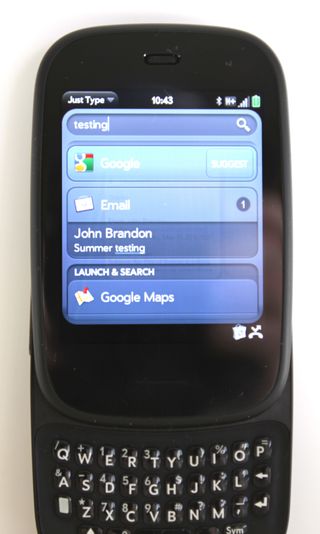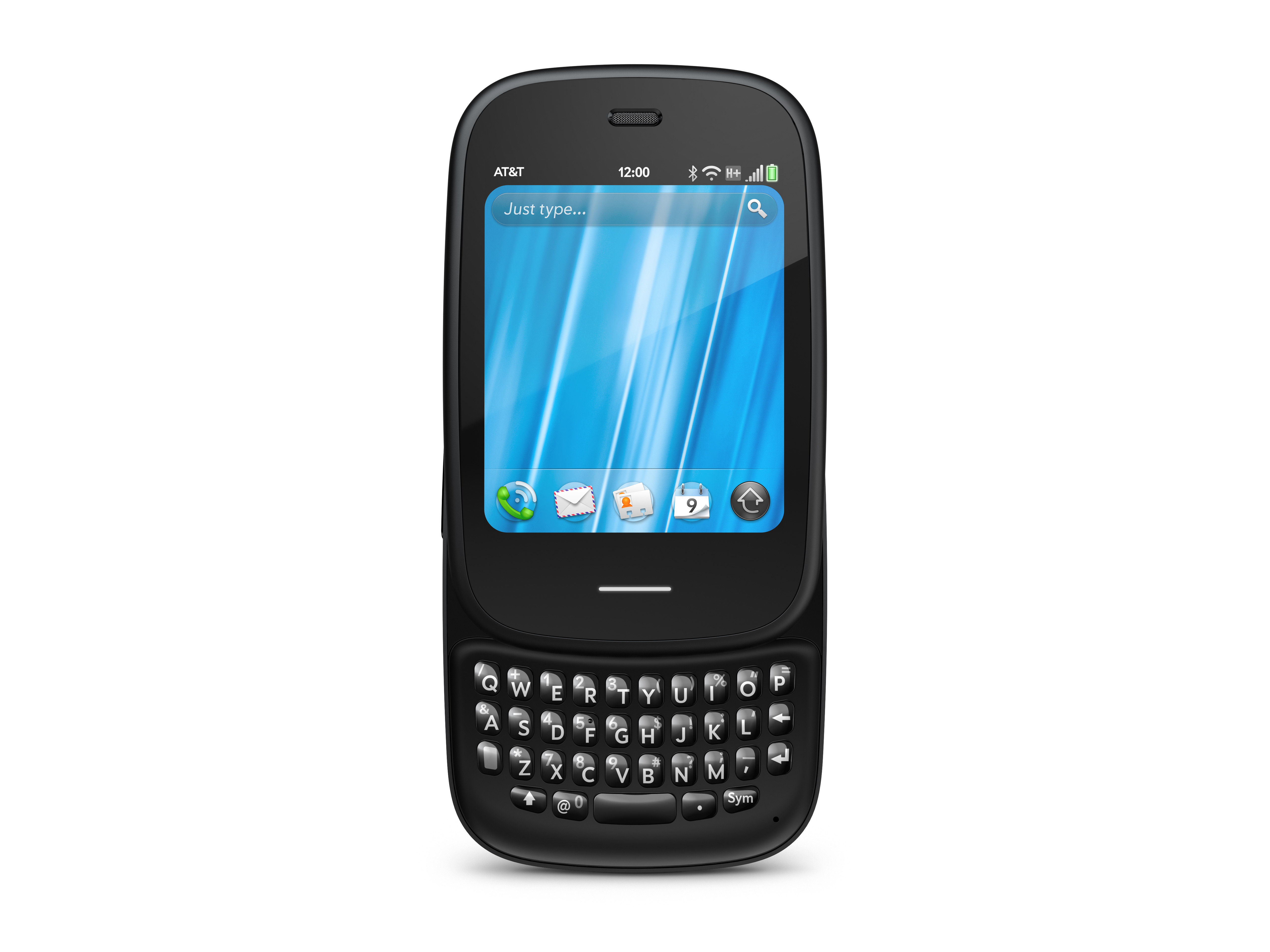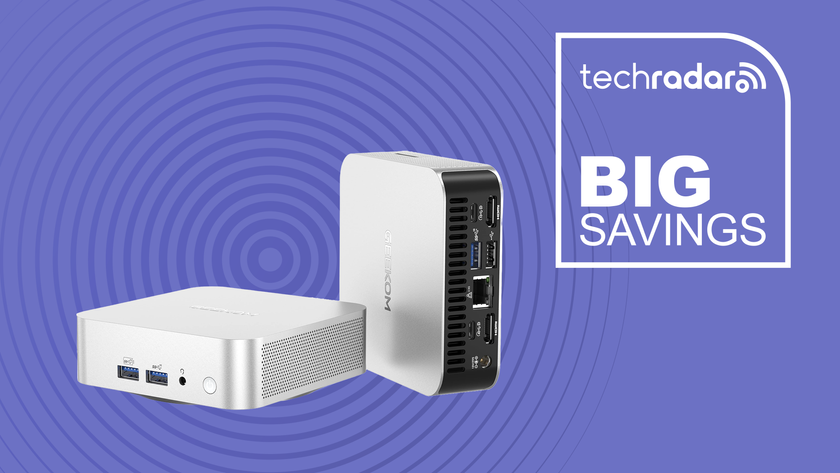Why you can trust TechRadar

The HP Veer uses an 800MHz processor, which is surprising since so many smartphones are now using at least a 1GHz processor and, in many cases, use a dual-core option.
That said, the webOS interface is now becoming a more mature operating system. Other than the bugs we had with the touchscreen, easily remedied, the Veer runs quite quickly.

We opened about a dozen apps, ran Angry Birds, played a Flash video and played music, and the Veer kept on going.
HP defines multitasking on the Veer in a new way. We can agree that the idea of having multiple cards open on the phone is similar to, but not true, multitasking. It's handy to open multiple email chats, text messaging discussions and keep the browser running at the same time.
The Veer is the first webOS phone that lets you mix and match these cards. So, you can open a new Facebook window, start an email and open a new browser page. Then, you can slide these cards into one group. It's brilliant because it keeps you organised.

Say you want to discuss a new business plan with an associate. You can groups cards related to the discussion into one. Then, you can groups cards related to your kids, or your entertainment and leisure. It's a smart idea that works extremely well.
That said, the HP Veer isn't actually multitasking anything. When you leave a card open, it goes into hibernation: games wait for you to return to them and videos pause. The BlackBerry PlayBook tablet does true multitasking: apps continue to run in the background.
The HP Veer doesn't use widgets like the HTC Wildfire S and many Android models do. Instead, apps are housed in their own categories: Applications, Extras and System. To see the app icons, you just press the small up arrow on the lower left of the screen. You can also place icons on the taskbar below the screen.

Like the Pre and Pixi, there's a region below the screen where you can swipe up to view the app listings, or swipe from right to left to go back a screen. The screens are arrayed in a logical way, and the card interface works remarkably well for understanding what is open. You swipe a card upwards to close it.
The Veer uses a colourful interface, but there isn't nearly as much flexibility as you'll find with a phone such as the LG Optimus 2X, which lets you drop icons anywhere on the screen and place widgets in side panels. The Apple iPhone 4 is also more flexible in terms of grouping apps and multiple home screens.
Overall, webOS 2.0 is not as advanced as some mobile platforms, but it is remarkably easy to learn for new smartphone users. The card interface fits logically with how people think.
The HP Veer also adds some new OS features. The Just Type search engine is brilliant. On the main screen, you can start typing anything you want. You can then search for that phrase using one of multiple search engines, and even on social networks.

Or, if you start typing a status update, you can also select an option to post that update to Facebook. You can also start a new email or text message or schedule a meeting.
Palm told us that there is a beta version of a Twitter app that works with Just Type as well. They didn't send us the beta so we didn't get a chance to test it, but we hope it will be out by the tme the HP Veer hits UK shores.
Current page: HP Veer: Interface
Prev Page HP Veer: Overview, design and feel Next Page HP Veer: Contacts and callingJohn Brandon has covered gadgets and cars for the past 12 years having published over 12,000 articles and tested nearly 8,000 products. He's nothing if not prolific. Before starting his writing career, he led an Information Design practice at a large consumer electronics retailer in the US. His hobbies include deep sea exploration, complaining about the weather, and engineering a vast multiverse conspiracy.














